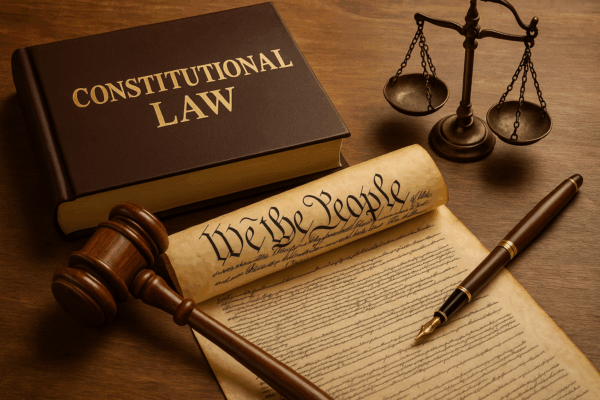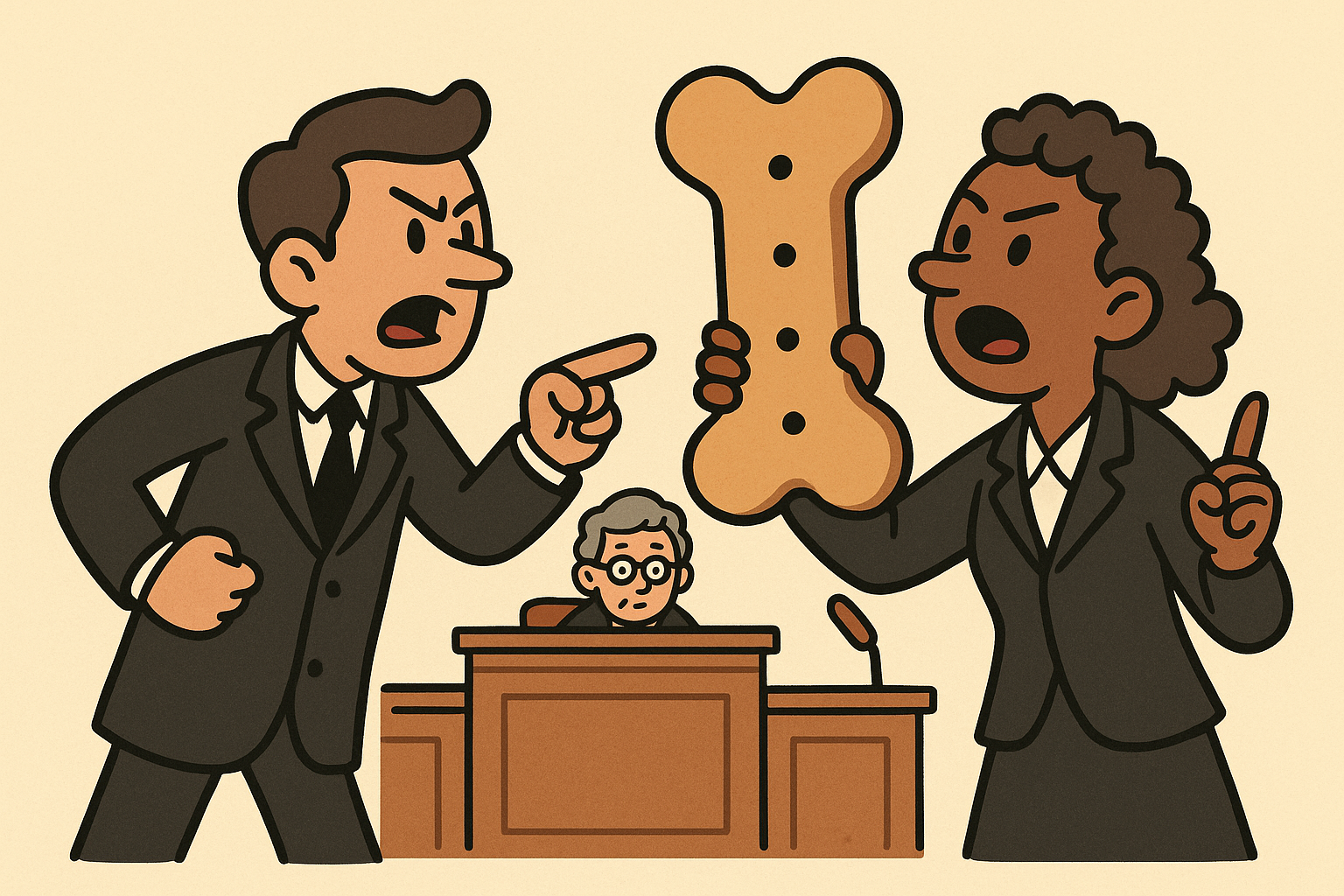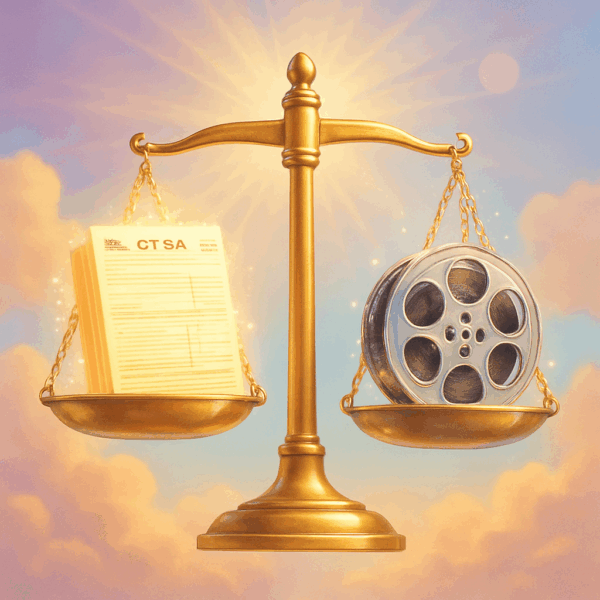
Dissecting Constitutional Law Questions in Civil Litigation: A Practical Guide to Case Analysis
Category: Constitutional Law
Hook: From social‑media censorship claims to challenges against federal tax statutes, today’s civil‑litigation docket is packed with disputes that pivot on Constitutional Law arguments. Mastering a disciplined case‑analysis method can turn a dense record into a persuasive story that resonates with judges, juries, and—increasingly—search‑engine algorithms.
Why Constitutional Law Issues Still Drive Civil Litigation
Constitutional claims now surface in commercial, employment, and consumer lawsuits—not just high‑profile civil‑rights cases. In the last 12 months alone, the Supreme Court has:
- Reaffirmed First Amendment limits on governmental “jaw‑boning” in NRA v. Vullo.
- Clarified Article III standing for platform‑moderation challenges in Murthy v. Missouri.
- Upheld a one‑time tax against a Sixteenth‑Amendment attack in Moore v. United States.
If you litigate civil cases, you will inevitably confront Constitutional Law defenses or counter‑claims—often when you least expect them.
A Repeatable Framework for Constitutional Law Case Analysis
Use the classic IRAC / CRAC / CREAC structure to keep arguments clear and search‑engine friendly:
- Issue / Conclusion – Frame the constitutional question up front.
- Rule – Quote controlling doctrine: text, precedent, history.
- Explanation – Synthesize competing lines of cases; flag circuit splits.
- Application – Map facts to doctrine; highlight equities.
- Conclusion – State the bottom line and requested relief.
For a concise refresher, see Columbia Law’s one‑page handout.
Case‑Study Walk‑Throughs
NRA v. Vullo — Regulatory Retaliation & Motion‑to‑Dismiss Strategy
- Issue: Did New York’s insurance regulator violate the First Amendment by pressuring banks to cut ties with the NRA?
- Rule: Government may not coerce private parties to silence speech (Bantam Books line).
- Application: Show a “sufficiently threatening nexus” between agency letters and adverse business action.
- Litigation Move: Attach agency letters as exhibits to survive Twombly/Iqbal.
Murthy v. Missouri — Article III Standing in Platform‑Speech Cases
- Issue: When do content creators have standing to enjoin federal officials from “shadow‑banning” them?
- Key Holding: Past takedowns alone are insufficient; plaintiffs must allege “certainly impending” harm.
- Discovery Focus: Seek communications between agencies and platforms to bridge the causation gap.
Moore v. United States — Taxation & the Sixteenth Amendment
- Issue: Is a tax on unrealized foreign earnings a “direct tax” requiring apportionment?
- Doctrine Check: The Court declined to impose a broad realization requirement.
- Strategic Note: Distinguish individual taxpayers from pass‑through entities where possible.

Building a Persuasive Narrative Around Constitutional Law
- Storytelling Headlines: “Regulator’s Back‑Room Threats Cost My Client $10 M—And Their First‑Amendment Rights.”
- Visual Timelines: Judges grasp chronology faster than block quotes.
- Value Anchors: Tie each section to a constitutional value (Due Process = Fair Notice; Equal Protection = Level Playing Field).
- Relief That Resonates: Draft injunction terms linked to specific violations.
SEO Power‑Boost for Legal‑Industry Readers
- Primary keyword: Constitutional Law
- Secondary phrases: “civil litigation case analysis,” “Supreme Court precedent,” “First Amendment retaliation framework,” “Article III standing checklist,” “Sixteenth Amendment tax defense.”
- High‑authority outbound links (open in new tab, no‑follow optional for PDFs):
Key Takeaways
- Early Constitutional Law issue‑spotting can reshape settlement posture before discovery ends.
- Structured IRAC/CREAC keeps briefs judge‑friendly and jury‑savvy.
- Leveraging fresh Supreme Court precedent signals expertise to clients and search engines.










